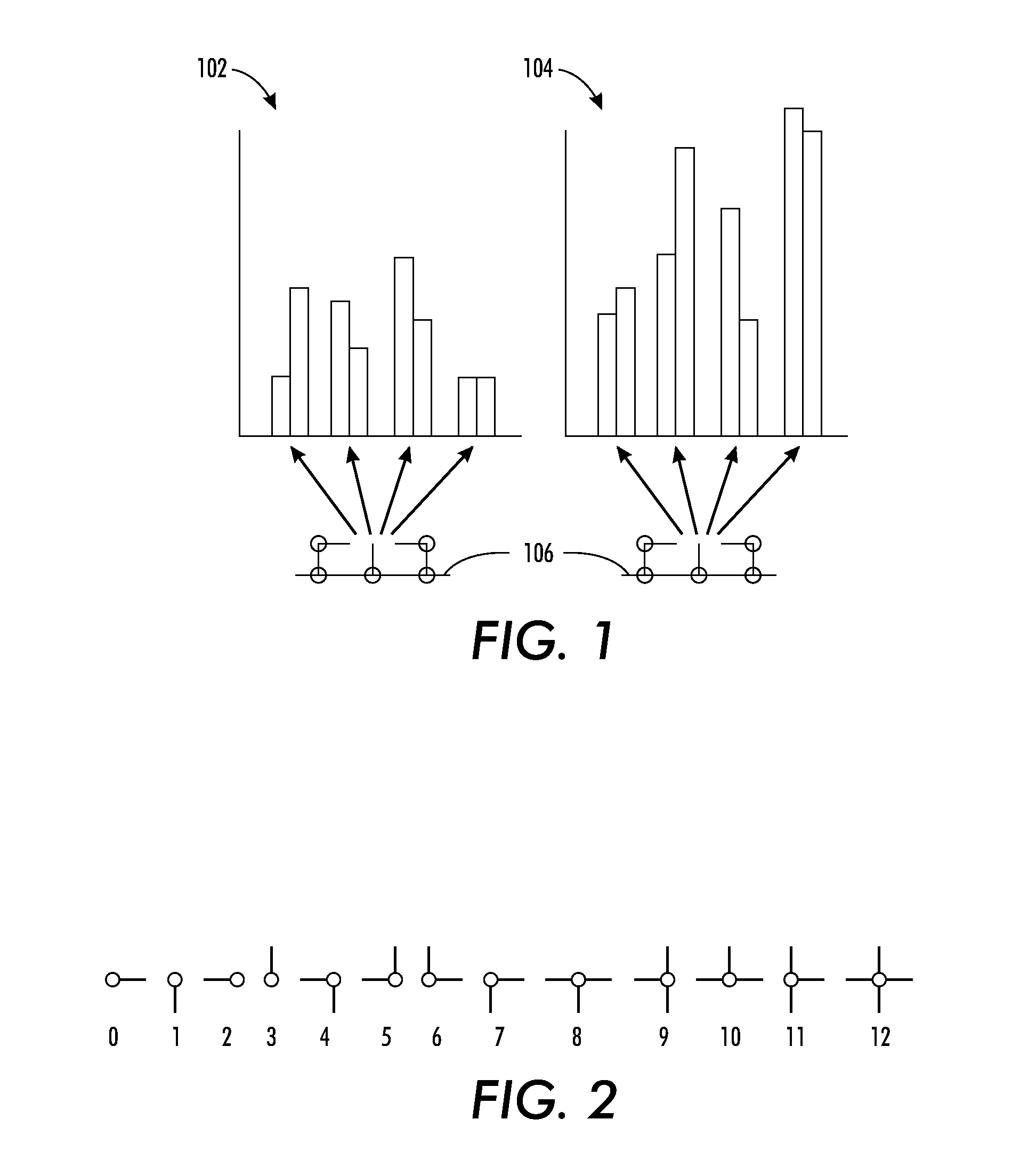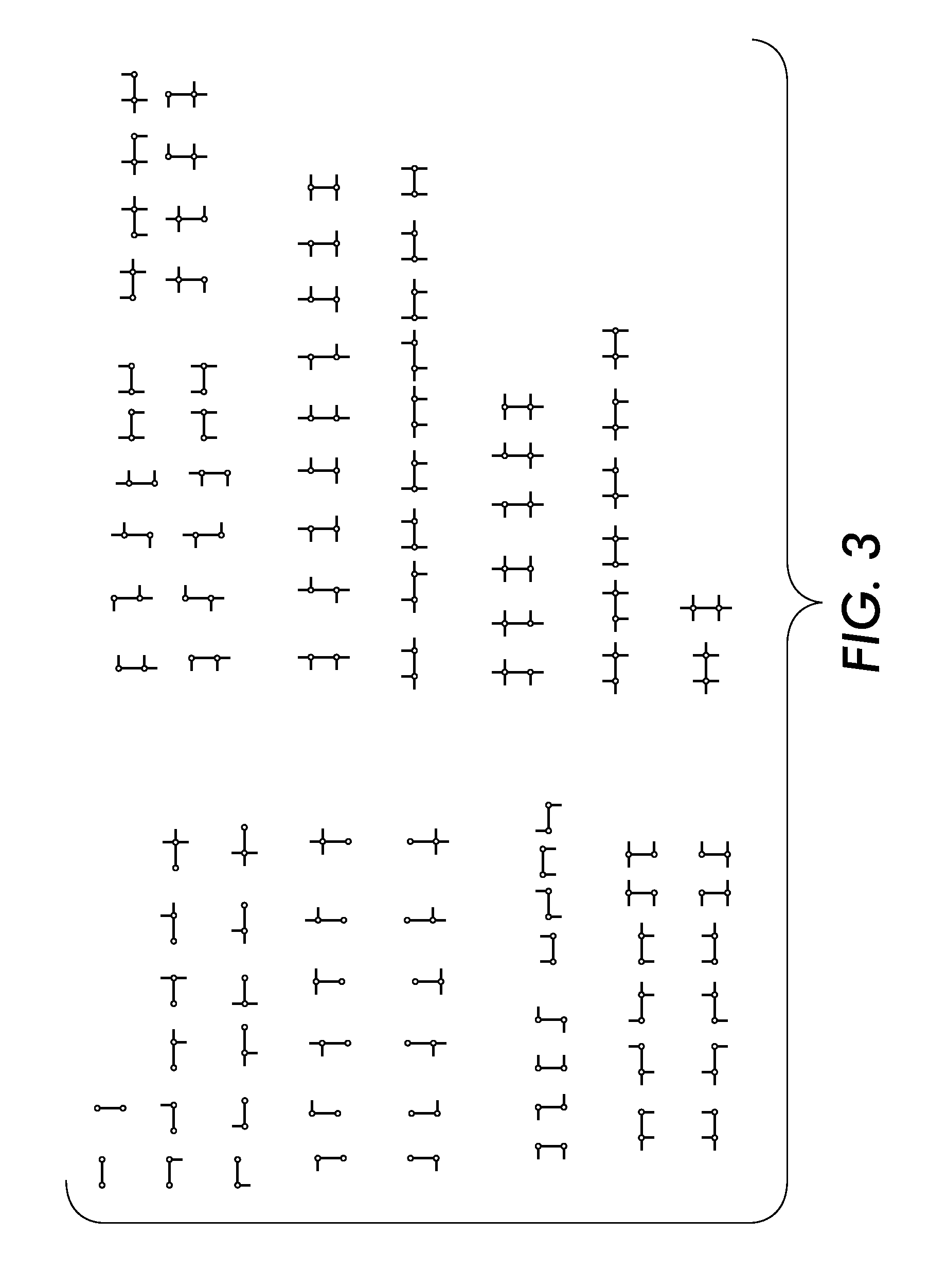Graph lattice method for image clustering, classification, and repeated structure finding
a graph and image technology, applied in the field of computer vision, can solve the problems of limited subgraph matching, difficult subgraph matching, and known exponentially high cos
- Summary
- Abstract
- Description
- Claims
- Application Information
AI Technical Summary
Benefits of technology
Problems solved by technology
Method used
Image
Examples
Embodiment Construction
[0025]Large families of complex image features, in the form of subgraphs, can be built out of simpler ones through construction of a graph lattice (i.e., a hierarchy of related subgraphs linked in a lattice). By supporting large numbers of these feature subgraphs, image structure can be captured through exact graph matching. Thus, as will be seen, a graph lattice facilitates efficient graph matching notwithstanding image noise and variability, which advantageously facilitates efficient image clustering, classification, retrieval, repeated structure finding and novelty detection. The following systems and methods are described in the domain of rectilinear line art, specifically to address practical problems of document form recognition. However, it is to be understood, the concepts are applicable to images other than rectilinear line art, which are capable of being broken down into a set of primitives.
1.0 OVERVIEW OF A GRAPH LATTICE
[0026]The basic framework, called “graph lattice,” i...
PUM
 Login to View More
Login to View More Abstract
Description
Claims
Application Information
 Login to View More
Login to View More - R&D
- Intellectual Property
- Life Sciences
- Materials
- Tech Scout
- Unparalleled Data Quality
- Higher Quality Content
- 60% Fewer Hallucinations
Browse by: Latest US Patents, China's latest patents, Technical Efficacy Thesaurus, Application Domain, Technology Topic, Popular Technical Reports.
© 2025 PatSnap. All rights reserved.Legal|Privacy policy|Modern Slavery Act Transparency Statement|Sitemap|About US| Contact US: help@patsnap.com



